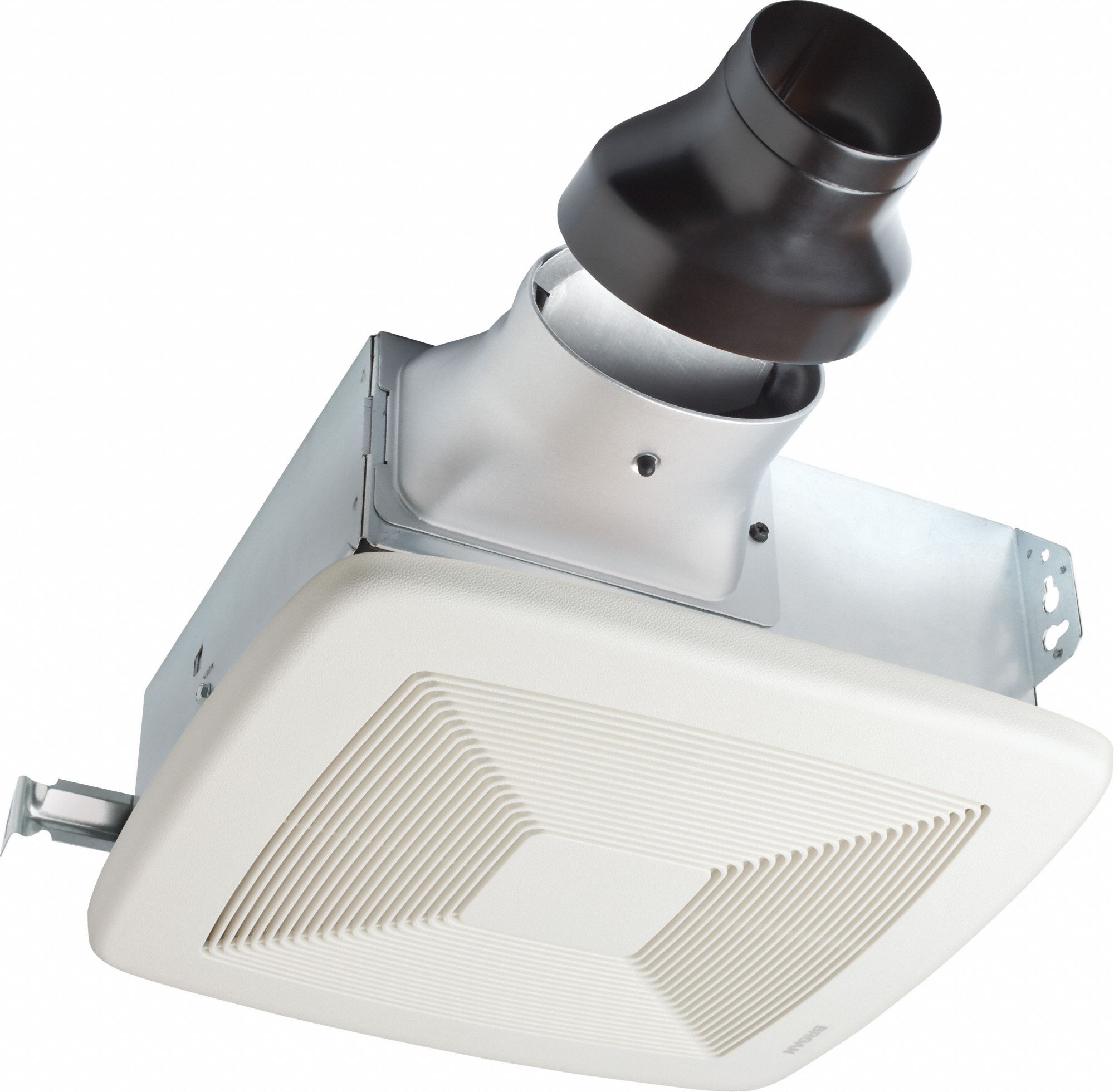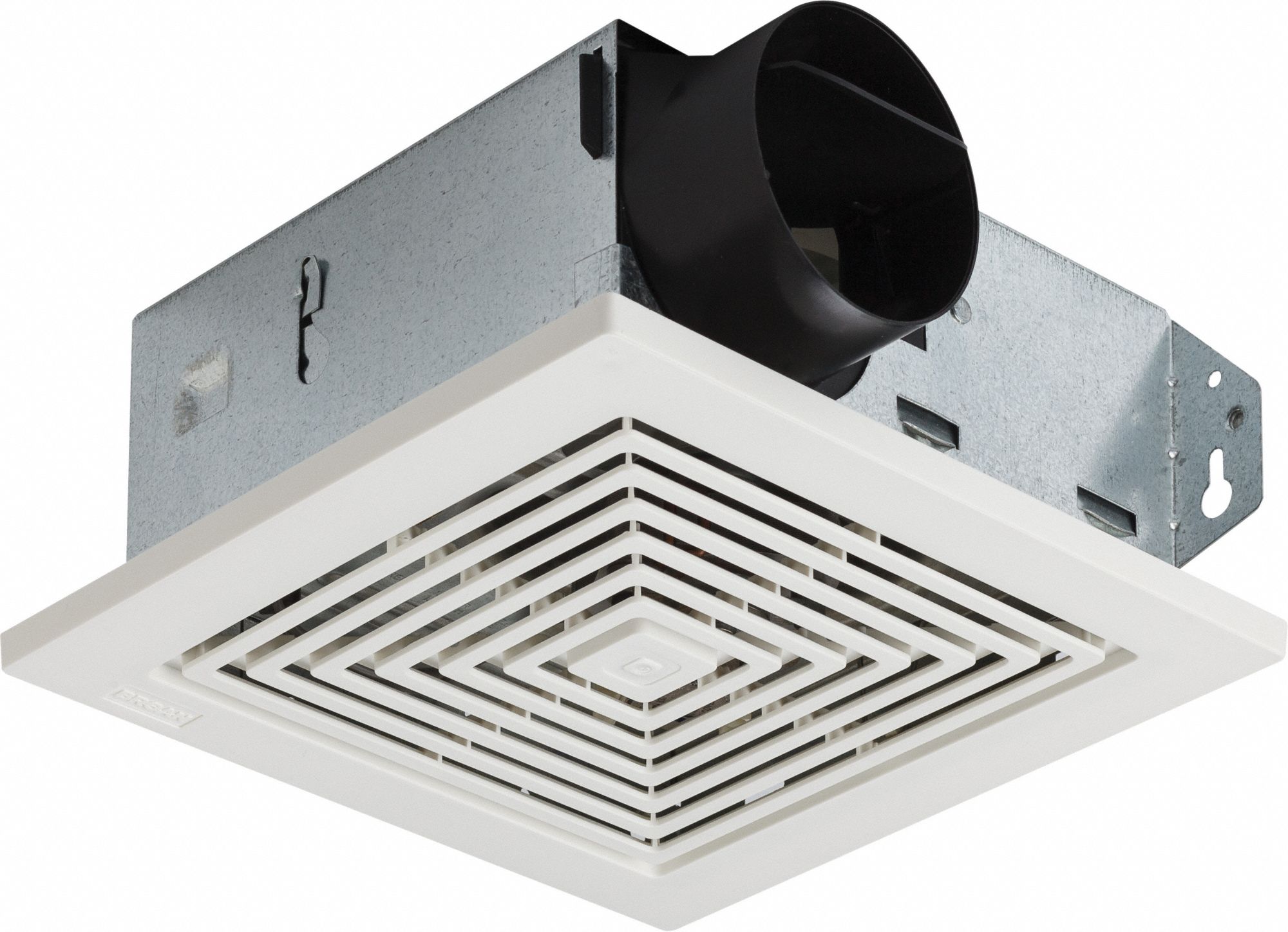Understanding Bathroom Exhaust Fan Sones
Bathroom exhaust fan low sones – When selecting a bathroom exhaust fan, understanding sones is crucial. Sones measure the loudness of a fan’s operation, providing a valuable indicator of its noise level.
Who needs a noisy bathroom exhaust fan when you can have a serene oasis? Trade your noisy fan for an ultra-quiet “low sones” model, and while you’re at it, why not spruce up your bathroom with some stunning islamic wallpaper ?
The intricate patterns and calming colors will create a tranquil ambiance, making your bathroom a sanctuary for relaxation. And hey, with a whisper-quiet exhaust fan, you can enjoy your peaceful retreat without the annoying drone of a loud fan.
Lower sone ratings indicate quieter fans, making them ideal for bathrooms where noise reduction is a priority. For instance, a fan rated at 1 sone is barely audible, while a fan rated at 4 sones is noticeably louder.
After a relaxing shower, a quiet bathroom is a blessing. Low-sone exhaust fans gently whisk away moisture and odors, leaving you with a peaceful retreat. While you’re enjoying the serenity, why not add a touch of spooky elegance with resident evil wallpaper ?
Its eerie designs will transport you to a world of thrilling horror, making your bathroom a place where you can both relax and get your adrenaline fix. And as you step out of the shower, the low-sone exhaust fan will quietly restore your sanctuary to its tranquil state.
Sone Levels and Corresponding Noise Levels
- 0.5 sones: Whisper-quiet, suitable for bedrooms and quiet spaces.
- 1 sone: Barely audible, ideal for bathrooms and small rooms.
- 2 sones: Noticeable but not intrusive, appropriate for most bathrooms.
- 3 sones: Moderately loud, suitable for larger bathrooms or those with high noise levels.
- 4 sones: Clearly audible, best suited for industrial or commercial settings.
Factors Influencing Sone Levels in Bathroom Exhaust Fans
Bathroom exhaust fans generate varying levels of noise, measured in sones. Several factors contribute to these variations, including fan blade design, fan speed, and fan motor type. Understanding these factors is crucial for selecting an exhaust fan that meets your specific needs.
Fan Blade Design, Bathroom exhaust fan low sones
Fan blade design plays a significant role in determining sone levels. Fans with fewer blades tend to be quieter than those with more blades. This is because fewer blades generate less air turbulence, resulting in reduced noise. Additionally, the shape and angle of the blades can affect sone levels. Blades with a curved or airfoil design are generally quieter than flat blades.
Fan Speed
Fan speed is directly proportional to sone levels. Higher fan speeds produce more noise. Therefore, if you are looking for a quieter fan, choose one with a lower speed setting. However, keep in mind that lower fan speeds may not be as effective at removing moisture and odors from your bathroom.
Fan Motor Type
The type of motor used in the exhaust fan can also influence sone levels. Direct-drive motors are generally louder than belt-drive motors. This is because direct-drive motors are mounted directly to the fan blades, which creates more vibration and noise. Belt-drive motors, on the other hand, are connected to the fan blades by a belt, which helps to reduce vibration and noise.
Selecting a Bathroom Exhaust Fan with Low Sones: Bathroom Exhaust Fan Low Sones

If you’re looking for a bathroom exhaust fan that won’t make a lot of noise, you’ll need to pay attention to the sone rating. Sones are a measure of loudness, and the lower the sone rating, the quieter the fan. For a bathroom, you’ll want to choose a fan with a sone rating of 1.0 or less.
Here are some criteria to keep in mind when selecting a low-sone bathroom exhaust fan:
- CFM rating: The CFM rating measures how much air the fan can move. The higher the CFM rating, the more air the fan can move, and the more effective it will be at removing moisture and odors from the bathroom.
- Sone rating: The sone rating measures how loud the fan is. The lower the sone rating, the quieter the fan.
- Features: Some low-sone bathroom exhaust fans come with additional features, such as a built-in light or a humidity sensor. These features can be convenient, but they may also increase the cost of the fan.
Here is a comparison table of different low-sone bathroom exhaust fans:
| Fan | CFM Rating | Sone Rating | Features |
|---|---|---|---|
| Panasonic FV-08VQ3 | 80 | 0.3 | Built-in light, humidity sensor |
| Broan-NuTone 671 | 70 | 0.5 | None |
| Delta Electronics EFR110 | 110 | 1.0 | Built-in light |
Once you’ve selected a low-sone bathroom exhaust fan, be sure to install it properly. This will help to ensure that the fan is operating at its optimal level and that it’s not making any unnecessary noise.
Here are some tips for installing and maintaining a low-sone bathroom exhaust fan:
- Install the fan in a well-ventilated area. This will help to ensure that the fan has enough air to move and that it’s not overheating.
- Clean the fan regularly. This will help to prevent the fan from becoming clogged with dust and dirt, which can reduce its performance and increase its noise level.
- Lubricate the fan motor regularly. This will help to keep the fan running smoothly and quietly.

